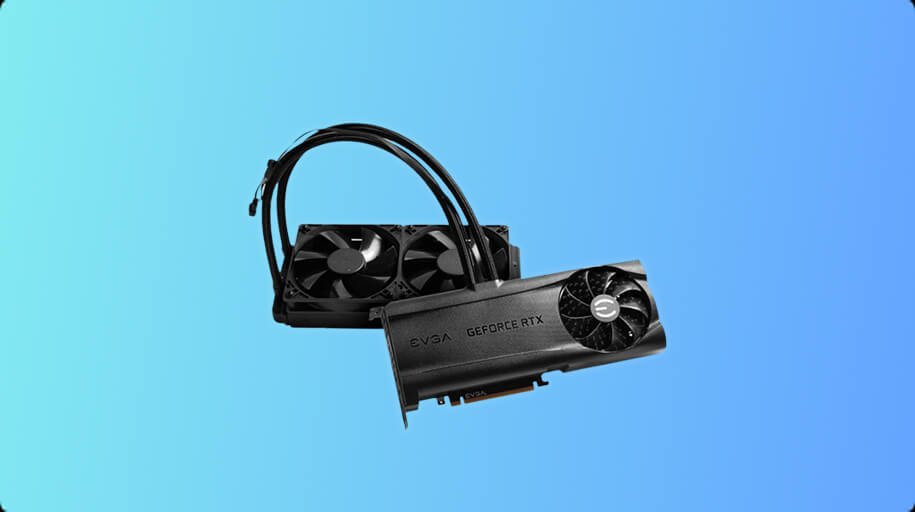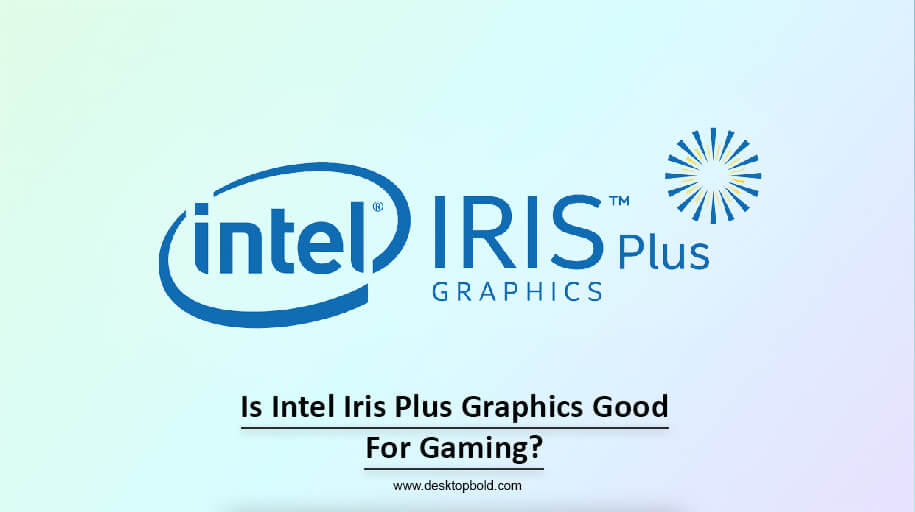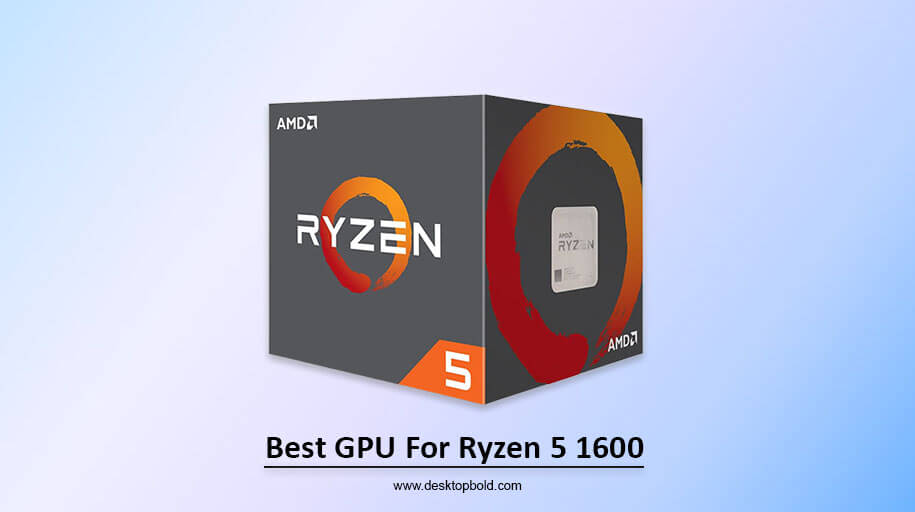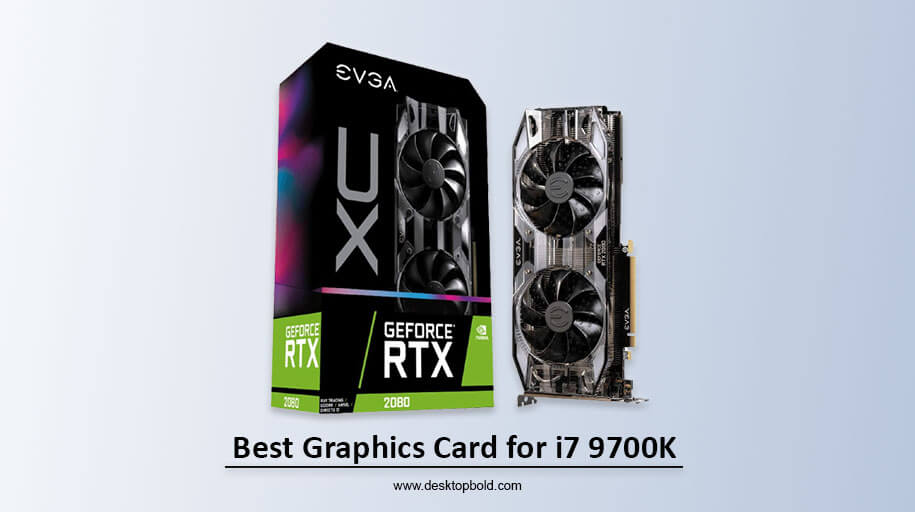In most cases, the fans included in a GPU are more than enough to keep the device cool. But there are other ways to cool down a GPU with loads of heat-generating components; there are better ways. Water cooling is another method often used to keep a GPU at a manageable temperature. In a water-cooling system, the liquid circulates through the tubes to dissipate heat from the hardware.
A fan and heatsink are used to further assist in dissipating the heat. As a result, your computer will run more smoothly and quickly than it would if the components were overheated. Because of these overheating issues, most game lovers ask how to water-cool the GPU when it gets too hot. So, this guide will help you with this problem.
Types of Water Cooling

“water cooling” is used when talking about cooling a computer component. Air cooling, liquid cooling, and “traditional” or “classic” water cooling are all examples of how water may be used for cooling.
For heat dissipation, fans in an air cooler direct airflow over the graphics card. In a liquid cooler, liquid coolant circulates the graphics card in a closed-loop system. In traditional water cooling, the Graphics Card is cooled by a radiator.
How does Water Cooling work

Since it is a high-performance component, the graphics card may quickly get too hot for gaming purposes. You should water-cool your card to keep it running smoothly and efficiently. The cooling water system allows the graphics card to work at its full potential by dissipating the heat it generates.
To prevent the card from overheating, water is utilized as a coolant. If you want to upgrade your graphics card but need help figuring out what to get, check out our guide first. All the options for water cooling systems and the most efficient implementation methods will be discussed in detail. This article is created to assist you in how to water cool GPU.
All-In-One System Vs. Custom Loop

Generally speaking, when people refer to “AIO systems,” they mean systems that can be built from a prefabricated kit. It’s easy and fast, and you won’t have to make any choices concerning the system since everything you need will arrive in a single package. In most cases, you’ll need to power it and then connect it to specific places on your components.
However, AIO coolers for CPUs are more readily accessible than GPUs. Nevertheless, GPU hardware kits are commercially available. Make sure it works with your specific GPU model when deciding on one. EVGA’s 1080 TI and MSI’s 1080 TI might seem different since other companies make them. These days, getting a good AIO kit that won’t break the bank to support just about any modern GPU is easy.
To create a bespoke loop, buy the necessary tubes and other components, fill the lines with liquid, cap them, and assemble the system. When compared to AIO systems, custom loops might be significantly more comprehensive. They’re widely used since they make water coolers even more efficient.
Which Water Cooling System Suits Your GPU

It matters which cooling system is essential or more beneficial for game enthusiasts as GPUs heat up quickly. There are so many choices that can be considered while buying. But you have to choose as per your needs. Before going to market for purchasing, you should first research each cooling system.
After that, you can easily select one that suits your GPU. After choosing it carefully, follow the precautions and instructions in the box. You can also use a brand website for this purpose.
Things to Consider Before Choosing a Water-cooled System for GPU
As for how to water cool graphics cards, figuring out what cooling setup would work best for your gaming computer is problematic. Some things to keep in mind are:
- It’s essential to try out a cooling system before purchasing it, and some offer free trials.
- It’s essential to check whether the cooling system is compatible with the graphics card you’re considering buying. Smaller systems won’t be able to handle the heat generated by larger cards.
- Considering the system’s noise output is essential since this might negatively impact your gaming experience and your ability to fall asleep at night.
- Remember that the graphics card may not fit in the case if the cooler calls for it to be installed in an expansion slot on the motherboard.
Performance Compatibility of Watercoolers

Before purchasing, make sure the coolers are compatible with one another. This will guarantee the cooler fits properly and does not impede airflow to your graphics card. To see whether a cooler will work with your system, you only need to follow these easy steps:
Play games and benchmarks at ultra settings to judge the cooler’s effectiveness. The next step is to use a bracket or PCI-E slot cover to attach a fan to the graphics card. Ensure the GPU’s dimensions are compatible with your graphics card by taking specific measurements. If not, look at other cooler options.
We have discussed vital points that can be considered before choosing the best cooling system that fits your GPU and also how to check its compatibility. So, let’s go to our main topic: How to water-cool GPU.
How to Watercool my GPU – Solution
A good graphics card is essential for any PC gamer or enthusiast. However, without enough cooling, they might fail due to overheating. Water cooling is the most straightforward approach to prevent your GPU from being too hot and running smoothly. Ensure you have a water cooling kit and a connection for the reservoir before you start.
The water cooler’s reservoir hose must be attached to the water supply. Take a moment to adjust the temperature of the water cooler before you begin pumping cold water into the GPU. Start the pump after the water cooler is complete, then soak the card until it’s completely saturated. That’s it; you’re all set to water-cool your GPU.
To have a good time, try water cooling your graphics processing unit. Like other overclocking-related processes, water cooling demands time and effort spent learning the best practices.
Installation of Water Cooling System

Water cooling is an excellent method to get the most out of your graphics card, and it’s a must if you’re a gamer. To lower thermal noise and overclocking dangers, water cooling is a technology that uses water to cool the GPU instead of air. When planning to establish a cooling water system or when doing so, it is vital to think about the following:
- Ensure you get a good graphics card for your computer; if you need more time, go with the best you can afford.
- If you want the highest possible performance from your card, you’ll need to be ready to tweak specific settings.
- In reality, a water cooling system’s installation and setup are more complicated than they may first seem to be, with the right resources and guidance.
Tips for Optimizing Water Cooling System
Nothing is more frustrating than a slow loading time or frame rate when playing a video game. One example would be computer graphics cards that can easily handle high-definition videos and images. An effective cooling water system will extract heat from the card and transfer it to a reservoir, where it may be dissipated more rapidly and effectively. Hence, it improves the card’s performance.
As a bonus, there is no need to worry about incompatibility; most GPUs may be used with any water cooling system (graphics processing units). Moreover, it would be best to try out several configurations to discover the one that works best for you; adjusting variables like fan and water pump speeds may provide significant gains. Finally, to get the most out of your graphics card, you should regularly check the temperature of its cooler and make any necessary adjustments.
Essential Components for Cooling System

If you’re thinking of how to water-cool my GPU, consider these factors. It’s crucial to choose the best water cooling system for your requirements from among the numerous available. Know what you’re getting by doing your homework before buying a graphics card. Before beginning the construction process, ensure you have all the components you’ll need, such as tubing, fittings, fans, etc. Once you have everything together, you may overclock your card or begin playing games at a professional level.
Benefits of Water-Cooling GPUs
Water cooling is an excellent option to keep your graphics card operating at peak performance and minimize heat. Reducing the card’s temperature can operate for considerably longer under demanding settings. You may save money and resources by not using air-cooling since this cooler does away with that necessity.
Water coolers are also far quieter than their air-cooled counterparts, making them ideal for marathon gaming sessions and other noise-sensitive activities. Plan for a problem-free water-cooling setup and have all the necessary equipment (such as a pump, reservoir, and tubing) on hand before you begin.
Conclusion
This concludes the comprehensive guide on GPU water cooling. If you follow our instructions, you’ll have no problem. Water cooling is essential to get the most out of your computer’s graphics card. The card’s performance could be enhanced at a cooler temperature using a water cooling system. I hope you find your answer in this article on how to water cool GPU. I tried my best and acknowledge that all content made above is relevant to your concern and reliable. And last but not least, Thank you! For reading our blog.




